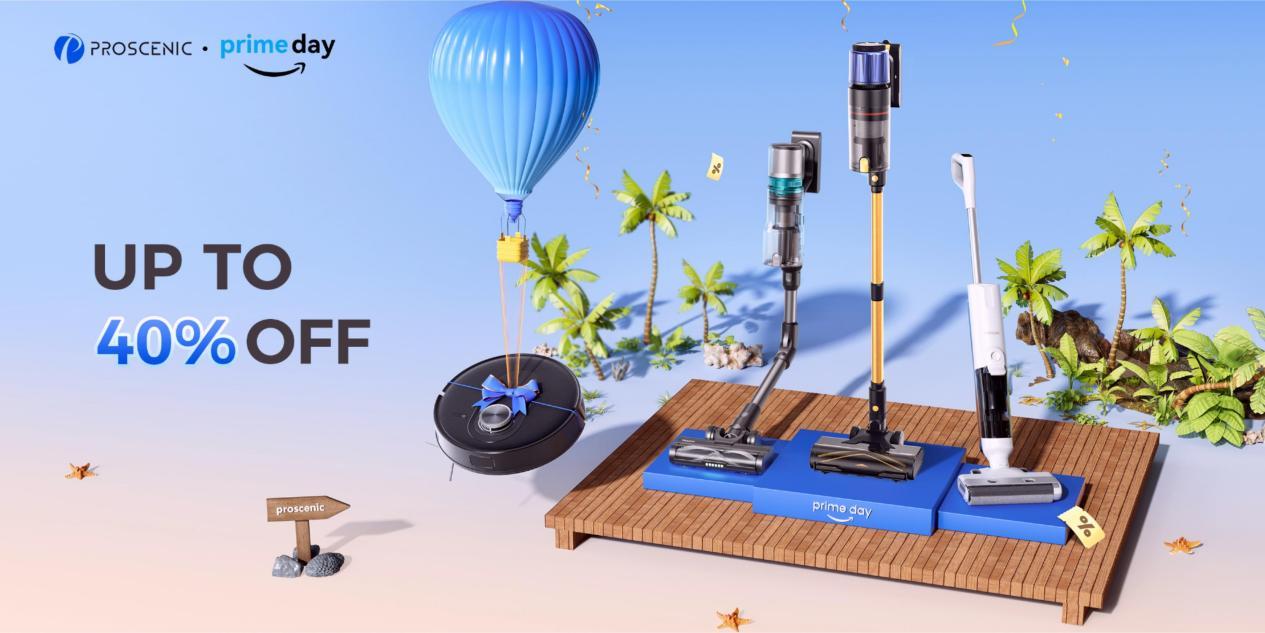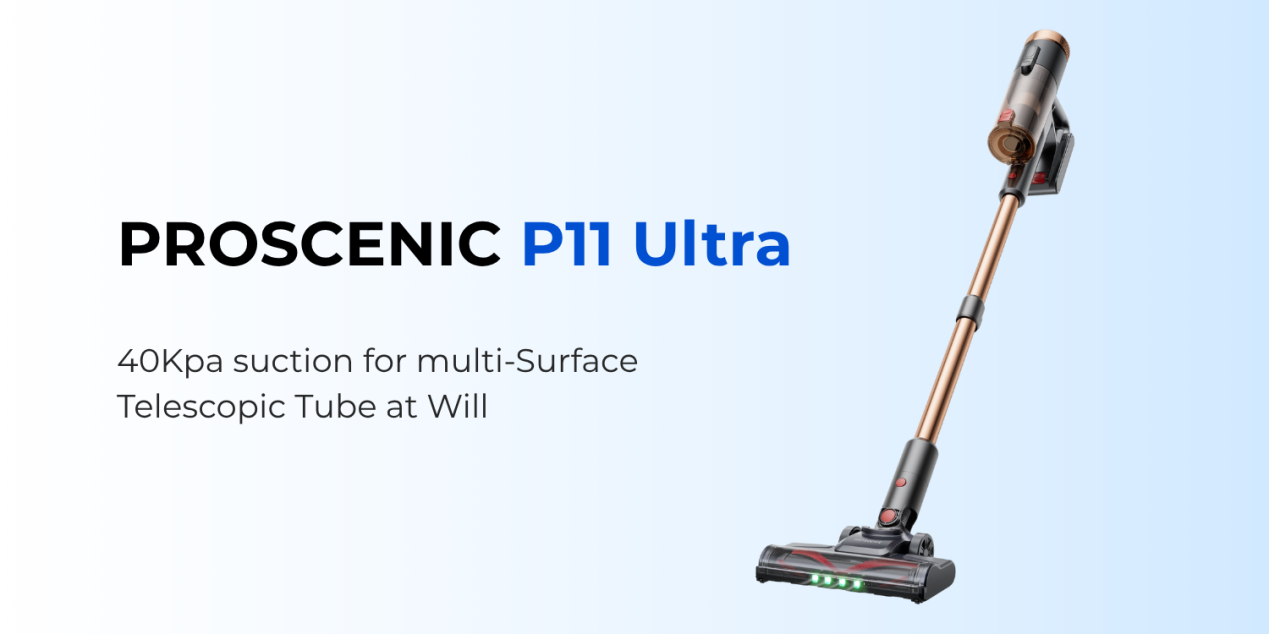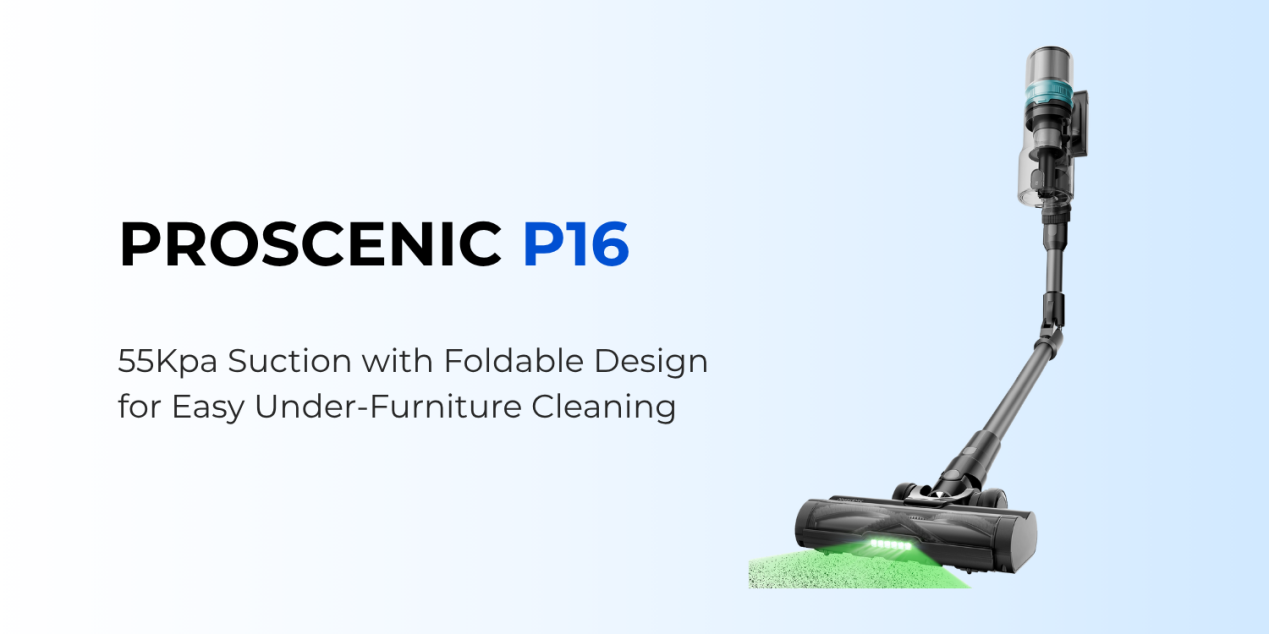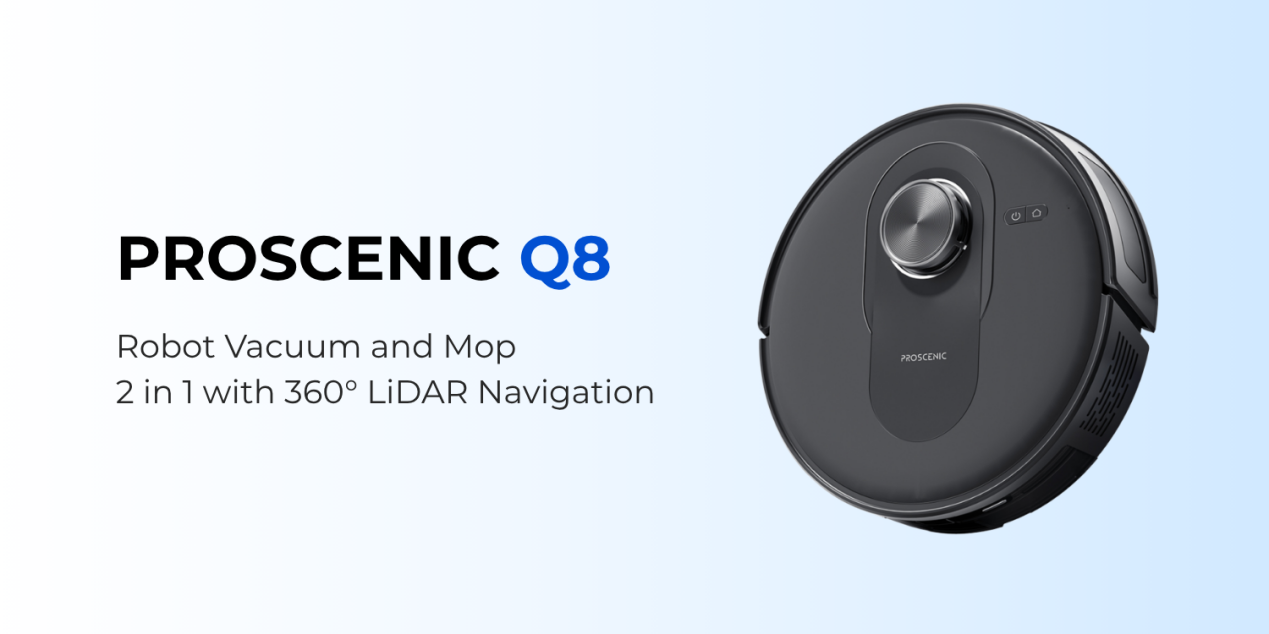Business
The Hidden Dangers of Bard PowerPort Catheters: Risks Exposed

Imagine battling a relentless illness, one that requires a steady stream of medication to keep it at bay. Discomfort and anxiety often become unwelcome companions. Thankfully, modern medicine offers a lifeline— catheters.
These small, flexible tubes have revolutionized the way healthcare professionals approach patient care, offering a lifeline to countless individuals battling chronic illnesses. In the past decade or so, Bard PowerPort catheters have gained significant popularity due to their perceived convenience and durability.
However, as more and more patients opt for these devices, a disturbing pattern of severe complications has emerged. Behind the veneer of medical progress, lies a grim reality: Bard PowerPort catheters are dangerous.
They have been associated with a range of life-threatening risks that have left patients and their families devastated. In this blog post, we will examine three life-threatening complications linked to Bard PowerPort catheters and discuss the importance of informed decision-making when selecting medical devices.
Risk 1: Catheter Fracture and Embolization
Bard PowerPort devices may be at an increased risk of fracture and migration within the body. This is due to the specific material used in the catheter port. This port typically combines polyurethane with barium sulfate.
The danger lies in the possibility of barium sulfate particles degrading, after repeated use, and separating from the main catheter body. Catheter fracture carries a significant risk. When the device breaks, the pieces can migrate through the circulatory system, potentially leading to fatal complications.
This phenomenon, known as catheter embolization, can lead to blockages in vital organs. You may experience severe chest pain, difficulty breathing, or even stroke-like symptoms. In some cases, emergency surgery might be required to remove the embolized fragments and prevent further harm.
Moreover, the fractured parts can also lead to the pathological accumulation of excess fluid within the pericardial space, the sac that surrounds the heart. This abnormal fluid collection can exert a significant compressive force on the heart. This can potentially lead to impaired cardiac function and even life-threatening complications.
Risk 2: Pulmonary Pseudoaneurysm
Imagine a balloon inflating precariously close to your lungs. This situation is like a ticking time bomb. This unsettling scenario is a rare complication known as a catheter-induced pulmonary pseudoaneurysm.
One of the catheter fragments lodges itself in the arterial wall, causing a focal disruption that weakens the vessel’s integrity. With each beat of the heart, the pressure of blood flow increases against the compromised wall.
This gradually forms a pseudoaneurysm—a contained rupture can cause significant bleeding.
Here are some serious symptoms:
Shortness of breath: Struggling to catch your breath, particularly during exercise, is a warning sign that shouldn’t be dismissed.
Chest pain: Aching or sharp pain in the chest, particularly near the location of the aneurysm, can be a warning sign.
Hemoptysis (coughing up blood): This is a more serious symptom and may indicate a rupture of the aneurysm. However, it’s important to note that not everyone with a pseudoaneurysm will experience this.
Diagnosing pulmonary pseudoaneurysms requires the use of advanced imaging techniques, such as CT angiography or pulmonary angiography. Moreover, treatment options depend on the size and location of the pseudoaneurysm and may include endovascular embolization or surgical repair.
Left untreated, these blots can lead to massive hemoptysis and fatal hemorrhage.
Risk 3: Hemothorax
Hemothorax, a life-threatening accumulation of blood in the pleural space, is a rare but severe complication associated with Bard PowerPort catheters. This potentially fatal condition occurs when the catheter inadvertently damages the surrounding blood vessels, allowing blood to leak into the chest cavity. As the blood accumulates, it compresses the lungs, leading to respiratory distress and hemodynamic instability.
Several factors contribute to the development of hemothorax in patients with PowerPort catheters. Improper catheter placement, particularly in the subclavian vein, increases the risk of vessel perforation.
The catheter’s material composition, including the presence of barium sulfate, may also make the device more prone to fracture and subsequent vascular injury.
Patients with hemothorax may present with chest pain, dyspnea, tachycardia, and hypotension. Prompt recognition and intervention are crucial to prevent further deterioration and potential mortality. Diagnostic modalities such as chest X-rays, CT scans, and ultrasound can confirm the presence of pleural effusion and guide management strategies.
Treatment of hemothorax typically involves chest tube insertion to drain the accumulated blood and restore lung expansion. In severe cases, surgical exploration and repair of the damaged vessel may be necessary.
Lawsuits Against the Manufacturer
Bard, upon introducing its catheter device, boldly proclaimed its impeccable safety profile. The manufacturer’s claims painted the Bard PowerPort as a standard of efficacy and reliability, free from any design flaws.
However, the passage of time has unveiled an increasingly alarming tapestry of complications. TorHoerman Law has borne witness to the harrowing injuries suffered by victims. These range from the fracture and migration of catheters to deep vein thrombosis (DVT), blood clots, and strokes.
Yet, perhaps the most heinous revelation lies in the existence of internal documents, which have surfaced to expose a chilling truth. The company’s team possessed prior knowledge of the risks that lurked within their products.
The central allegation in the Bard Power Port lawsuit asserts that the defendant, in a calculated display of deception, disregarded public safety. If you have suffered severe health complications from the use of the PowerPort, you can claim your Bard Power Port lawsuit settlement amount.
However, as cases are still in the early stages of the process, it is too soon to predict what a PowerPort settlement will look like. Document your medical journey, your bills, and lost wages. These can come in very handy during your litigation.
The progress is slow. As of April 2024, the Arizona multidistrict litigation (MDL) 3081 had a total of 116 ongoing lawsuits awaiting resolution before Judge David G. Campbell.
Safer Alternative Options
In the face of the alleged betrayal by Bard PowerPort catheters, patients and healthcare providers alike are left searching for safer havens. Like beacons of hope, implantable ports from other manufacturers shine forth, their safety profiles a testament to the commitment to patient well-being.
These alternatives promise a path free from the shadows of device failure.
For those seeking solace in a different approach, Peripherally Inserted Central Catheters (PICCs) emerge as a viable alternative. Midline catheters, tunneled central venous catheters (CVCs), and subcutaneously implanted ports (SIPs) also offer unique advantages.
Yet, amidst the array of options, one truth stands paramount: the importance of individualized patient assessment and device selection. Each patient, depending on their medical history and personal circumstances, demands a tailored approach.
Only through the discerning eyes of healthcare providers, armed with the knowledge of each device’s strengths and weaknesses, can the most suitable option be chosen. In this delicate dance of decision-making, the safety and well-being of the patient must always take center stage, guiding every step of the journey toward healing.
Business
Orange Cat Energy Technology Co., Ltd. Completes Initial Equipment Deployment in Germany, Marking the Launch of Its European Strategy

July 22 – Orange Cat Energy Technology Co., Ltd. (“Orange Cat”) has officially completed its first deployment of smart shared charging devices in Germany, a major milestone in the company’s entry into the European market. This strategic move marks a critical step in Orange Cat’s global expansion and lays a solid foundation for deeper market penetration across Europe.
Founded in April 2025 in Hong Kong, Orange Cat specializes in the research, development, manufacturing, and operation of intelligent shared charging solutions. The company is dedicated to promoting green mobility and the widespread adoption of smart energy through continuous technological innovation. In May, Orange Cat formally entered the German market by establishing a regional division and office in Baden-Württemberg, launching its first-phase deployment plan for 3,000 to 5,000 units. The initiative aims to build a shared charging network spanning urban transportation hubs, commercial centers, and tourist destinations.
According to official statements, Orange Cat has already completed the on-site deployment and commissioning of its initial devices in Stuttgart, Munich, and other cities. Now operational, the company’s flagship product—the shared power bank—integrates an intelligent device management system with localized operations. It offers flexible and convenient short-term mobile charging services, addressing the power needs of users during daily commutes, leisure activities, and travel.
“We believe the demand for green mobility and portable energy in Europe is entering a phase of rapid growth,” said the Head of Orange Cat’s European Operations. “Germany is our first stop in Europe. With its high regulatory standards and mature user base, the German market provides the ideal environment to pilot and scale a continent-wide shared energy ecosystem.”
All Orange Cat products have obtained major EU certifications, including CE and RoHS, ensuring safety and environmental compliance. The devices come equipped with GPS tracking, data analytics, and real-time equipment monitoring. In parallel, Orange Cat is developing a comprehensive operational ecosystem, which includes a backend management platform, merchant-side system, and a user-facing mobile app to support scalable commercialization and operational efficiency.
Localization is also a key pillar of Orange Cat’s European strategy. The company has partnered with multiple German enterprises and is recruiting local operations and customer service teams to improve service response times and enhance user retention. Orange Cat is also actively participating in local industry standardization initiatives, contributing to the formalization and structured development of the shared charging sector in Germany.
Looking ahead, Orange Cat plans to use Germany as its primary launchpad for shared power bank deployments across Europe, with planned expansions into France, Italy, the Netherlands, and Austria. Over the next 18 months, the company aims to expand into more than 100 cities across Europe, establishing a cross-border, intelligent, and responsive shared charging network. By leveraging its integrated model of device management, merchant platform, and user app, Orange Cat is positioning itself to play a key role in the future of smart mobility and sustainable energy worldwide.
Orange Cat Energy Technology Co., Ltd.
Hong Kong, China
Baden-Württemberg, Germany
Business
Cryptocsle Officially Launches, Introducing a Compliance-Focused ICO Incubation and Digital Asset Trading Platform

January 17, 2020 – New York, USA – Cryptocsle, a U.S.-based digital asset trading platform operated by CRYPTO SAFELOCK EX LTD., has officially launched. The platform is dedicated to compliant ICO incubation and early-stage fundraising for digital asset projects, with the mission of creating a secure, compliant, and efficient environment for blockchain startups in their early development phases.
Cryptocsle’s platform is designed to integrate technical support, liquidity access, and regulatory guidance, offering end-to-end services for crypto projects at the seed or Series A funding stage. A dedicated Project Review Committee, comprised of blockchain industry advisors, legal professionals, and risk control experts, conducts multi-round evaluations to ensure each listed project meets stringent compliance and technical standards.
To further enhance transparency, Cryptocsle has launched a Project Rating Information System for investors, offering detailed insights into project credentials, fundraising strategies, and code audit results. This empowers users to make informed decisions with a clear view of each project’s risk profile. The platform supports direct trading in USD-backed stablecoins and major cryptocurrencies, and offers multilingual support to serve key markets including North America, Southeast Asia, and Latin America.
According to the executive team, Cryptocsle will continue to focus on compliance, security, and user experience as its core priorities, while actively building capacity for international market responsiveness. As global regulatory frameworks evolve and mature, these priorities will further support the platform’s development of a robust and high-quality operational structure.
From a security standpoint, the platform has implemented an upgraded hot and cold wallet separation mechanism and introduced an intelligent risk control engine to detect and prevent suspicious trading activities. Additionally, Cryptocsle has integrated third-party security audits and multi-factor authentication systems to ensure greater transparency and account protection for its users.
Looking ahead, Cryptocsle plans to explore partnerships with international legal organizations and adopt AI-driven compliance review tools to further boost the platform’s efficiency and trading security. Through stable technical architecture and a solid compliance framework, Cryptocsle aims to serve as a vital bridge between blockchain innovation and global investors, contributing to the long-term potential and sustainability of the digital asset industry.
CRYPTO SAFELOCK EX LTD.
https://www.cryptoslx.com
New York, United States
Business
Save up to 40% this Prime Day 2025 — Proscenic’s summer-ready vacuums start at just £99

This Prime Day, refresh your home with Proscenic’s best-selling vacuums, starting at just £99! Whether you’re tackling daily dust or keeping carpets clutter-free, Proscenic makes it easier to stay clean and cool this season.
We’re highlighting three standout models — the P11 Ultra and P16 cordless vacuums, and the Q8 robot vacuum, each designed to make home cleaning faster and easier. Whether you need high-suction handheld power or automated floor care, there’s a Proscenic solution to match your needs and budget.
Don’t miss savings of up to 40% during this limited-time Amazon deal from July 8 to July 11 (CEST).
Proscenic is running a summer sale on the official website from July 3 to July 18. Use the code SUMMER to get 20% off all machines. Scroll to the bottom for more details.
About Proscenic
Founded in 2013, Proscenic is dedicated to creating reliable and innovative cleaning solutions that make everyday life easier. From cordless vacuum cleaners to intelligent robot vacuums, our products are designed to deliver high performance at an affordable price. Today, Proscenic serves customers in over 80 countries worldwide and continues to gain trust for its user-focused design and quality assurance. Every product comes with a 2-year official warranty, offering peace of mind with every purchase.
Timed with Prime Day, Proscenic is offering limited-time discounts across its most popular models—see below for details.
P11 Ultra vacuum cleaner: an entry-level model designed for everyday use
The Proscenic P11 Ultra now only £99 (reg. £129.99) delivers powerful 40KPa suction in a compact, lightweight body—perfect for daily home cleaning. Designed for families seeking value without sacrificing performance, this budget-friendly cordless vacuum tackles dust, debris, and pet hair with ease. Its efficient design ensures hassle-free cleaning across floors, carpets, and furniture, making it the go-to choice for practical households.

P16 Vacuum Cleaner: Budget upgrade with powerful suction and longer runtime
The Proscenic P16 (reg. £169 now £139) is one of the brand’s standout cordless vacuums, delivering impressive 55KPa suction and intelligent design at great value. Its foldable dust rod allows effortless cleaning under low furniture without bending, making every corner easy to reach. With up to 65 minutes of runtime, the P16 handles whole-home cleaning with ease., this vacuum is perfect for families who want deep cleaning power without overspending.

Q8 Robot Vacuum: Hands-free cleaning with smart mapping tech
The Proscenic Q8 (reg. £189.99 now £151) is a flagship robot vacuum designed to make daily cleaning effortless. Equipped with 360° LiDAR navigation, it maps your home with precision, avoiding obstacles seamlessly. The 6000Pa suction easily lifts pet hair, dust, and allergens—creating a cleaner, healthier home. The 2-in-1 vacuum and mop system, with a refillable water tank, ensures a complete clean on all floor types. Get the power and precision of the Q8—offering similar features to high-end models, but at a fraction of the price.

Bonus Offer: Get 20% off at Proscenic’s official store
Prefer shopping directly? Proscenic’s official store is also running a sitewide summer promotion. Use the code SUMMER at checkout to enjoy 20% off (Full machine only, cannot be combined with other discounts.) This exclusive discount is valid from July 3 to July 17 (PDT).

Key benefits of purchasing from the official store include:
- Shipping Coverage
Available to customers in the European Union (EU) countries, United Kingdom (UK), United States (US), Japan (JP) (accessories only), and Canada (CA) (accessories only).
- Reliable Customer Support
Direct access to Proscenic’s dedicated customer service and full warranty support for peace of mind.
- Exclusive Products and Bundles
Shop the latest models and take advantage of exclusive offers available only on the official website.
Cool Deals for a Clean Summer — Don’t Miss Proscenic Prime Day!
-

 Fashion8 years ago
Fashion8 years agoThese ’90s fashion trends are making a comeback in 2017
-

 Entertainment8 years ago
Entertainment8 years agoThe final 6 ‘Game of Thrones’ episodes might feel like a full season
-

 Business8 years ago
Business8 years agoThe 9 worst mistakes you can ever make at work
-

 Fashion8 years ago
Fashion8 years agoAccording to Dior Couture, this taboo fashion accessory is back
-

 Business8 years ago
Business8 years agoUber and Lyft are finally available in all of New York State
-

 Entertainment8 years ago
Entertainment8 years agoThe old and New Edition cast comes together to perform
-

 General2 years ago
General2 years agoCowordl: A Collaborative Twist on the Word Puzzle Craze
-

 Entertainment8 years ago
Entertainment8 years agoDisney’s live-action Aladdin finally finds its stars



